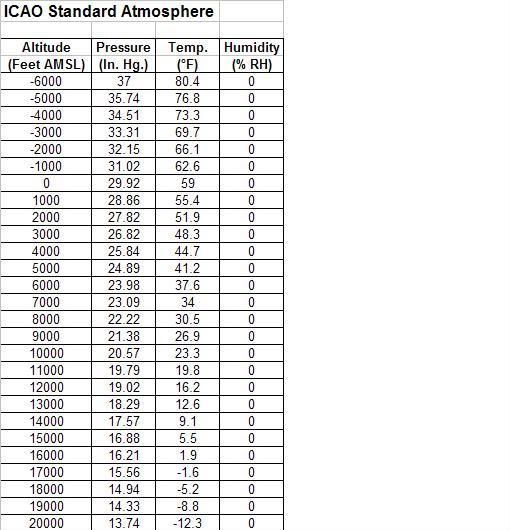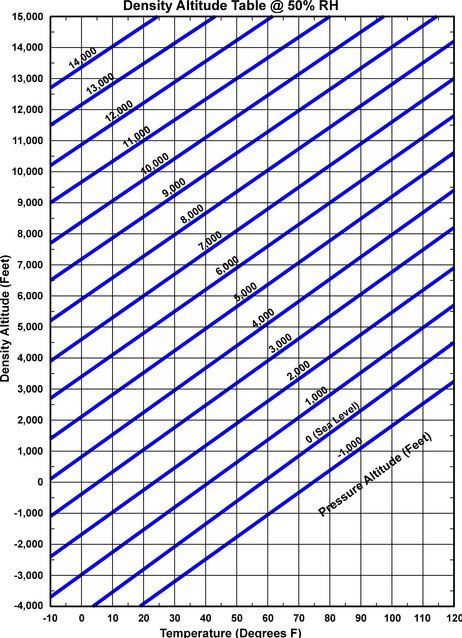Re: Making Ballistic Cards Using Density Altitude
<div class="ubbcode-block"><div class="ubbcode-header">Originally Posted By: JLM</div><div class="ubbcode-body">Interesting, just did a 'test run' if you will, and my results with JBM don't match my DTAC cards for my load. Wonder why that might be. Did 4000k DA 175SMK at 2650 FPS 1.65" HOB on the tube.
DTAC card shows about 5MOA more drop at 1k.
It looks like JBM rounds the pressure to two decimals could that make a difference?</div></div>
I ran JBM against the online DA calculator Lindy references a while back and found its output and that from JBM didn't match, reported it, and it was fixed - this was quite a while ago BTW. All subsequent runs matched my DTAC cards virtually exactly across the board.
BTW, for those who don't know, DTAC cards come with a handy card to manually determine DA if you don't have a Kestrel. And of course it matches up nicely with my Kestrel as you'd expect from Mr. Cole's quality of work.
Anyway, I built a spreadsheet by running JBM repeatedly to fill the DA data points over range and then ran a linear regression on the data discovering the change for any given absolute elevation is linear with DA, however the slope is different for each elevation.
From this it was possible to generate a simple BDC that places a number above each distance numeral indicating how many clicks per 1000ft of DA change from 0K ft to make or, recently as shown in another thread in this forum, how many feet of change in DA it takes before a single click (in this case a tenth of a mil) is required to regain idealized zero. The form is that of the PR Heritage 22mil ST turret. I think the second method would be a lot easier to use. And the linearity is good enough that interpolation is plenty accurate for minute-of-man use, <span style="font-style: italic">I think</span>. Changes in MV can be linearly related to a change in DA but a low ES load would obviously be prefered.
A number of people got copies of the original spreadsheet and it has calculations for meters and yards but is set for a 300m zero. I recently modified the tables for a 100yd/m zero to create a more generally useful, to me, BDC. And is the spreadsheet used to gen the Heritage BDC graphic.
For those who use a databook to enter shooting results and conditions I figured it'd be easier to build a table for each ballistic combination (308 175 2650 for example) having a row for each range in 100m increments (in my case) and a column for each DA from -2K to +9K, again in my case. The intersecting boxes provide a place to enter a +/- click correction as data is collected over time for each point in the table. Using pencil to fill in the table allows for correction as the barrel wears, loads change, etc.
This way I can use a RITR field notebook and cover reducing shooting bag space considerably. And a MilDot Master fits in the pocket like it's a custom fit. Some more work with a ruler and barrel logs are easily added, too. Zak Smith made a reference to this RITR product, glad I was paying attention. The pages are perfed so if you make a mistake, rip it out and start over. Being bound there're no rings to loosen, no pages to lose, etc. Not the easiest to write in if you use both sides of each sheet but it'll do.
BTW, all the calculations for idealized come-ups assume a low MV tempco, as Lindy (and others) has often pointed out as important, and I see no simple way to add this degree of freedom to the method I'm currently working on so it comes down to powder choice. That and the relative importance of real-world error from the calculations compared to error sources not modeled by JBM or created by my drag on the trigger, cant variation, recoil response, parallax error, etc. For really long range there's the ballistic computers so my databook table format doesn't extend beyond 1400m and that's questionable ime for the 300WinMag data. Data doesn't extend beyond 900m for 308 and 500yds for 25-06, for example.
Oh, and thanks Lindy for a great, concise article - definitely sticky worthy IMHO.
FWIW,
Pete










